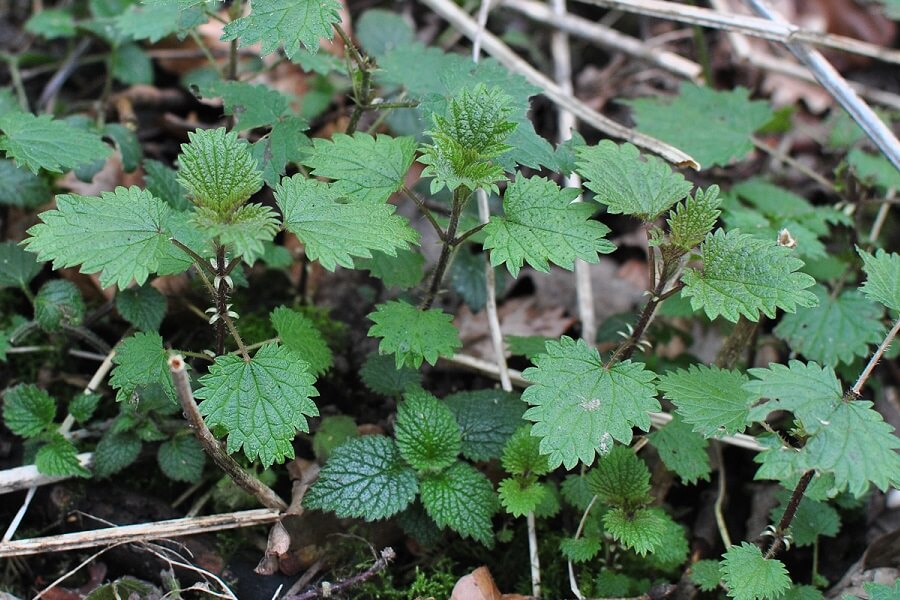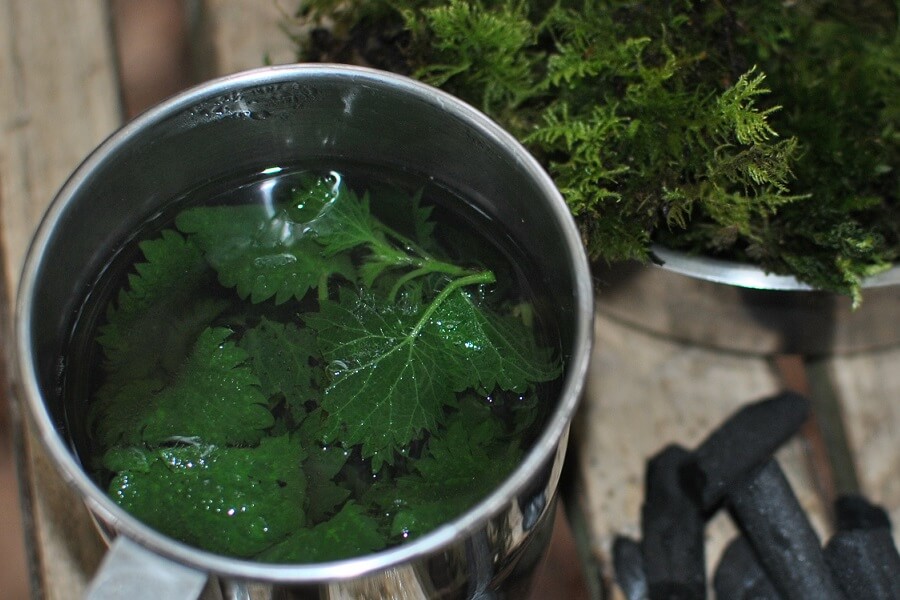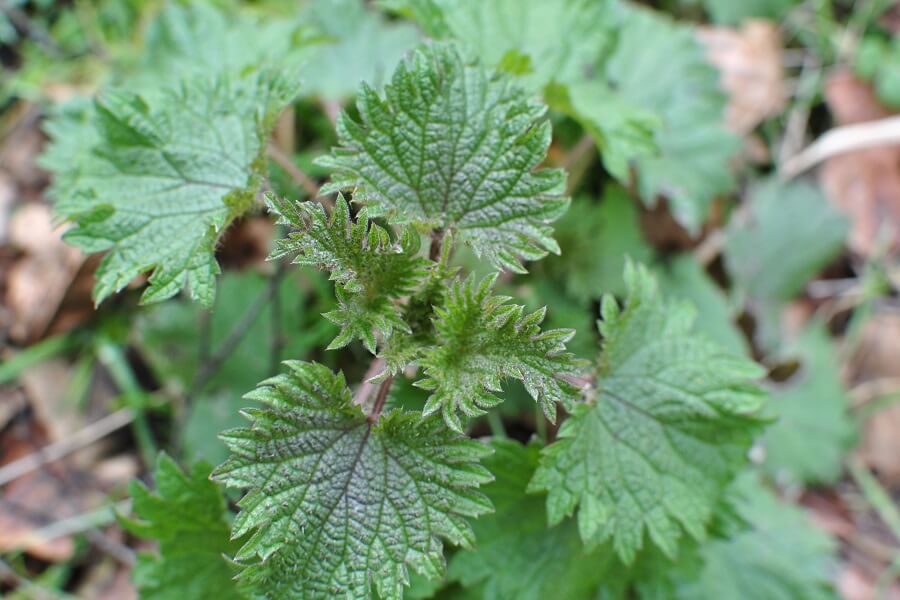Spring has arrived and so have those lovely nettles – oh yes they are lovely! We have been conditioned as children to avoid their painful sting, but nettles offer so much and this is why they protect themselves from animals, including us that will forage and consume these wonderful plants.
Why should you see nettles in a new light? Well for one they are really good for you, nettles are nutritious and even better than spinach! Nettles are a source of protein, have traces of fat, contain more vitamin C than oranges, have quantities of vitamin B, calcium, potassium, iron and more.
It is possible to pick nettles with your bare hands without suffering the sting, but using gloves will probably be a more satisfactory experience. If you fancy trying, just follow this verse by the 17th century writer Aaron Hill – “tender-handed stroke a nettle, and it stings you for your pains, grasp it like a man of mettle, and it soft as silk remains”. Firmly grasping the nettle really does work, however there is every chance that you stroke one of the nettles next to it, so be warned!

When out foraging for nettles, it’s best to pick the nettle tops; pinch or snip off the top 4-6 leaves. You can safely harvest nettles throughout the year, but choose young nettles shoots in shady, ideally damp spots. Later in the year, it will be best to look for new growth, perhaps where earlier tall nettle stalks have been cut back. Obviously, as you would with any foraging, please avoid areas that may have been polluted or fouled, be that by dogs being walked, farm run-offs or similar.
How do you avoid the sting when eating? Just applying heat will ‘kill’ the sting and produce leaves that are safe to consume.
For your first experience of nettles, why not try a cup of nettle tea? Pick a few nettle tops (3 or 4 should be fine) and place them in a mug. Then add boiling water, leave for a few minutes to steep. I usually leave them for 10 minutes to get a deeper flavour and enjoy a cup of refreshing, slightly earthy nettle tea. You may wish to wash the nettles first, but I am happy to just add the boiling water to make it safe to drink.

What else can you do with nettles? I love to fold them into a risotto or use them as a vegetable, rather like spinach with a knob of butter or to make a gazpacho. Later in the year, I use the fibres from the long stems to make string or rope, there are many other uses for this ever so versatile plant.
Next time you’re out for a walk, consider picking a few nettles to make a cup of tea, pan fry them with a little butter or fold into a risotto – if you do, it would be great to hear your experiences and / or perhaps share your pictures!
